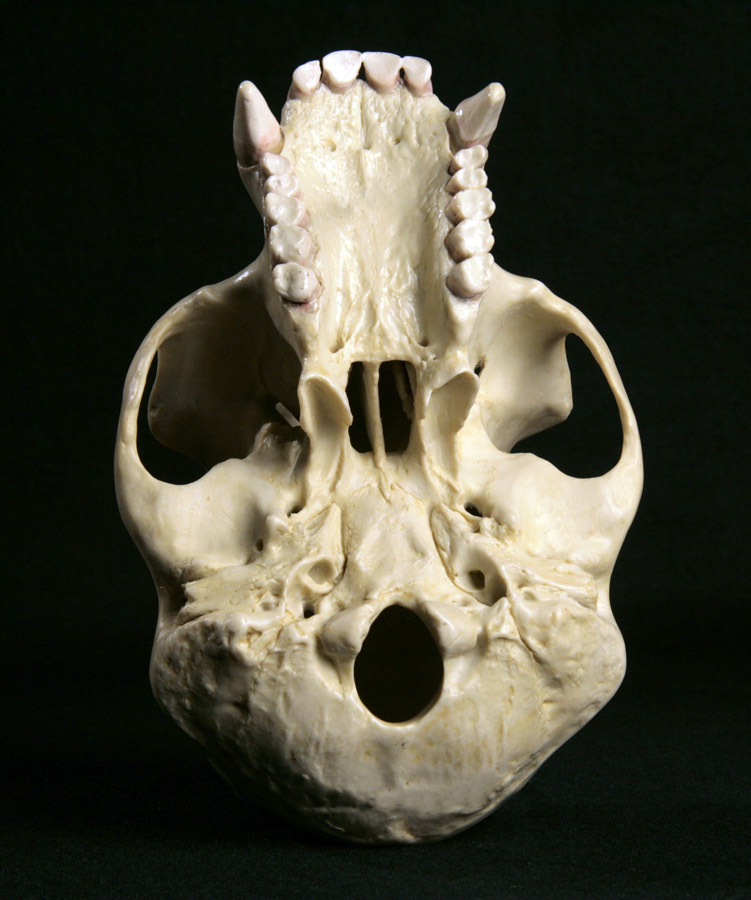


jaw was long which resulted in a projecting face profile.In the lower jaw, it was behind the canine. In the upper jaw, the gap was in front of the canine. These gaps were spaces the large canines could fit into when the jaws closed. a diastema (gap) was present next to each canine tooth.teeth were arranged in the jaw in a rectangular or U-shape.Seven million years ago, our ancestors’ jaws and teeth were similar to those of modern chimpanzees. Faces were now vertical rather than projecting. To fit into the small jaw, the teeth were now smaller and arranged in a tightly parabolic arc. This made the face more vertical and forced the side rows of teeth to bend into a rounded arc shape.īy 250,000 years ago, our direct ancestors had very short jaws and had developed a pointed chin for added strength. They also had long, pointed canines and parallel tooth rows.īy 5.5 million years ago, our ancestors’ canines were starting to become smaller.īy 3.5 million years ago, our ancestors’ teeth were arranged in rows that were slightly wider apart at the back than at the front.īy 1.8 million years ago, our ancestors’ canines had become short and relatively blunt like ours. Size: 7" L x 4 ½" W x 5" H 18.1L x 10.9W x 12.6H (cm)įor comparison please see Chimpanzee Skull, Juvenile in SOMSO-Plast®.Developing shorter jaws with smaller teethĪbout seven million years ago our early ancestors had long jaws which resulted in projecting face profiles. The threat display of a Hamadryas baboon.

The growth rates of wild versus captive chimps can vary widely.Īdult Male & Female Chimpanzee Skull, Infant Skull, Chimpanzee Fetal Skull and Chimpanzee Male Skull with Calvarium Cut, Chimpanzee Skeleton, Articulated, Disarticulated and Articulated Bipedal are also available. UC Berkeley paleontologists have identified distinctive features of primate teeth that allow them to track the evolution of our ape and monkey ancestors, shedding light on a mysterious increase in monkey species that occurred during a period of climate change 8 million years ago. Age assessment based on dentition is approximate based on contrasting studies that typically have small sample sizes and different sample compositions (i.e. One maxillary canine is fully erupted while the other and both mandibular canines are still erupting. Most of the permanent dentition, including maxillary and mandibular 2nd molars, is present and the 3rd molars are visible peeking through the alveolar bone. The age of this individual was established by the eruption of teeth. This juvenile chimpanzee skull is that of a male that is roughly between 6-1/2 to 9 years of age. So what about these body parts makes us human The human brain. Chimpanzee Juvenile Skull is a 2-part skull (separate cranium & jaw) of Pan troglodytes. All of these important parts of your body are in your skull.


 0 kommentar(er)
0 kommentar(er)
